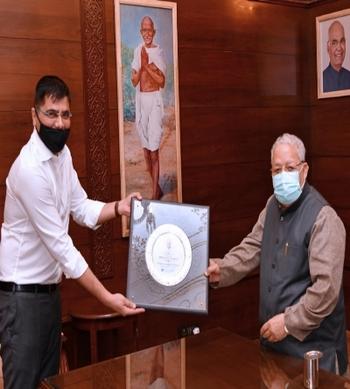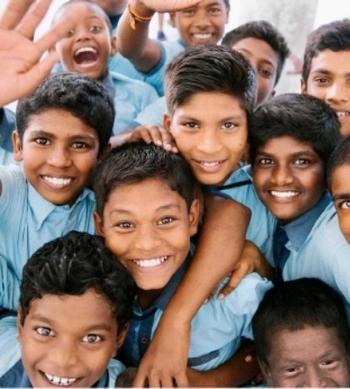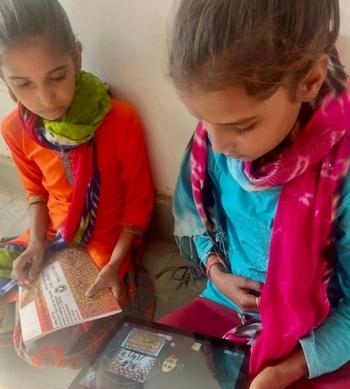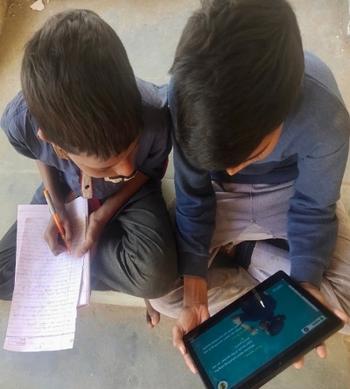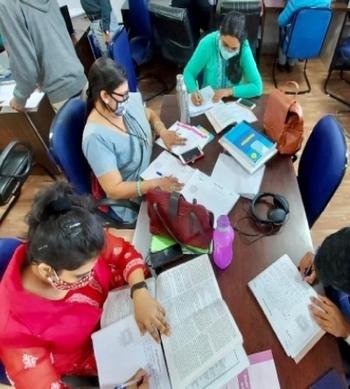CBSE Class 11 Political Science Syllabus for 2024
CBSE Class 11 Political Science Syllabus 2024: Political Science curriculum of 11th class has been published by Central Board of Secondary Education (CBSE) for the upcoming 2023-24 board examinations. The curriculum is available for download on the academic website of the board. The curriculum is focused on helping candidates understand better the Indian Constitution at Work, Political Theory, Contemporary World Politics and Politics in India since Independence. Check the complete Political Science syllabus for CBSE Class 11 here to find the latest course structure, course content, etc.
Skip to
CBSE Class 11 Political Science 2023-24 Course Structure
Chapter No. | Chapter Name | Marks Allotted |
PART A - INDIAN CONSTITUTION AT WORK | ||
1 | Constitution: Why and How? | 8 |
2 | Rights in the Indian Constitution | |
3 | Election and Representation | 6 |
4 | Executive | 12 |
5 | Legislature | |
6 | Judiciary | |
7 | Federalism | 6 |
8 | Local Governments | 4 |
9 | Constitution as a Living Document | 4 |
10 | The Philosophy of the Constitution | |
Total | 40 | |
PART B - POLITICAL THEORY | ||
1 | Political Theory: An Introduction | 4 |
2 | Freedom | 12 |
3 | Equality | |
4 | Social Justice | 6 |
5 | Rights | 4 |
6 | Citizenship | 8 |
7 | Nationalism | |
8 | Secularism | 6 |
Total | 40 | |
TOTAL | 80 | |
CBSE Class 11 Political Science Syllabus 2023-24: Course Content
Chapter No. and Name | Learning outcome with specific competencies |
PART A-INDIAN CONSTITUTION AT WORK | |
1.Constitution: Why and How? a) Why do we need a Constitution? Constitution allows coordination and assurance Specification of decision- making powers Limitations on the powers of government Aspirations and goals of a society Fundamental identity of a people b) The authority of a Constitution Mode of promulgation The substantive provisions of a constitution Balanced institutional design c) How was the Indian Constitution made? Composition of the Constituent Assembly Procedures Inheritance of the nationalist movement Institutional arrangements d) Provisions adapted from Constitutions of different countries | Appreciate the need for a Constitution. Understand the historical processes and the circumstances in which the Indian Constitution was drafted. Critically evaluate how constitutions, govern the distribution of power in society. Analyze the ways in which the provisions of the Constitution have worked in real political life. |
2.Rights in the Indian Constitution a) The importance of rights Bill of Rights b) Fundamental rights in the Indian Constitution Right to Equality Right to Freedom Right against Exploitation Right to Freedom of Religion Cultural and Educational Rights Right to Constitutional Remedies c) Directive principles of state policy what do the directive principles contain? d) Relationship between fundamental rights and directive principles | Analyse the working of the Constitution in real life Learn to respect others, think critically, and make informed decisions Identify violations of the rights to equality and freedom in the society around them Justify the need for reasonable restrictions on the rights guaranteed. Use freedom of expression to advocate for ensuring rights is given to people around them. |
3.Election and Representation a) Elections and democracy b) Election system in India First Past the Post System Proportional Representation c) Why did India adopt the FPTP system? d) Reservation of constituencies e) Free and fair elections Universal franchise and right to contest Independent Election Commission f) Electoral Reforms | Identify different types and methods of election Develop critical thinking about the role of various stakeholders in ensuring free and fair elections. Demonstrate the innate role played by Election Commission Compare election systems of different countries of the world. |
4.Executive a) What is an executive? b) What are the different types of executives? c) Parliamentary executive in India Power and position of President Discretionary Powers of the President d) Prime Minister and Council of ministers e) Permanent Executive: Bureaucracy | Recognize the meaning of Executive. Compare and contrast the Parliamentary and Presidential Executive. Analyse the composition and functioning of the executive. Know the significance of the administrative machinery. |
… | |
PART B-POLITICAL THEORY | |
1.Political Theory: An Introduction a) What is politics? b) What do we study in political theory? c) Putting Political theory into practice d) Why should we study political theory? | Define the term politics and identify various political principles. Explain the innate ideas of various Political theories. Appreciate the contribution of Political Thinkers (example: Jean Jacques Rousseau). |
2.Freedom a) The Ideal of freedom b) The sources of Constraints-Why do we need constraints? c) The Harm Principle d) Negative and Positive liberty | Appreciate the ideal of freedom. Critically evaluate the dimensions of negative and positive liberty. Demonstrate spirit of enquiry Explain the ideas introduced by J.S. Mill in Harm Principle. Assess the possible limitations on freedom resulting from the social and economic structures of society. |
3.Equality a) Why does equality matter? ● Equality of opportunities ● Natural and Social Inequalities b) Three dimensions of equality c) Feminism, Socialism d) How can we promote equality? | Understand the moral and political ideals of equality. Assess how equality is perceived through different ideologies Recognize the means and methods to promote equality. Evaluate the possible solutions to minimise inequality. |
4.Social Justice a) What is Justice? ● Equal Treatment for Equals ● Proportionate Justice ● Recognition of Special Needs b) Just distribution c) John Rawls Theory of Justice d) Pursuing Social Justice e) Free Markets versus State Intervention | Classify the different dimensions of justice. Appreciate the measures taken by the government of India to secure social justice. Enlist the basic minimum requirements of people for living a healthy and productive life. State John Rawls’ theory of veil of ignorance. |
Conclusion
The CBSE Class 11 Political Science curriculum covers a wide range of topics, including the nature of political science, Indian Constitution, political theory, comparative politics, and international relations. It provides a foundation for further studies in political science and related fields.By engaging in classroom discussions, debates, and research activities, students can cultivate their analytical and communication skills. It also encourages them to form their opinions, participate in civic activities, and become active and informed citizens.
FAQs
1.Is political science in Class 11 challenging?
Studying political science in Class 11 can be challenging as it involves complex concepts and requires critical thinking. However, with proper study materials, guidance from teachers, and regular practice, students can grasp the subject effectively.
2.What are the important topics in CBSE Class 11 Political Science?
Important topics in CBSE Class 11 Political Science include the Indian Constitution, political theory, political ideologies, democracy, federalism, and international relations.
3.How can I prepare for the Class 11 Political Science exam?
To prepare for the Class 11 Political Science exam, create a study schedule, understand the syllabus, read the textbook thoroughly, take notes, solve sample papers, and practice previous years' question papers. Seek guidance from teachers or tutors if needed.
4.Is it necessary to study political science in Class 11?
Political science is not a mandatory subject in Class 11, but it is highly recommended for students interested in understanding political systems, governance, and international relations. It can provide a strong foundation for higher studies in social sciences and related fields.
Download CBSE Class 11th Political Science Syllabus PDF

MissionGyan Team
We aim to eradicate the education gap and serve equal and free education to all with the help of skilled and expert volunteers and teachers.

